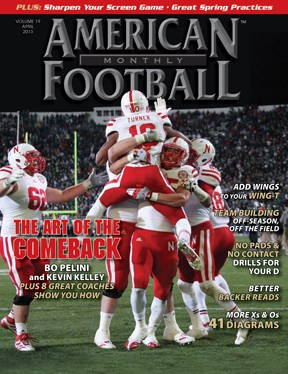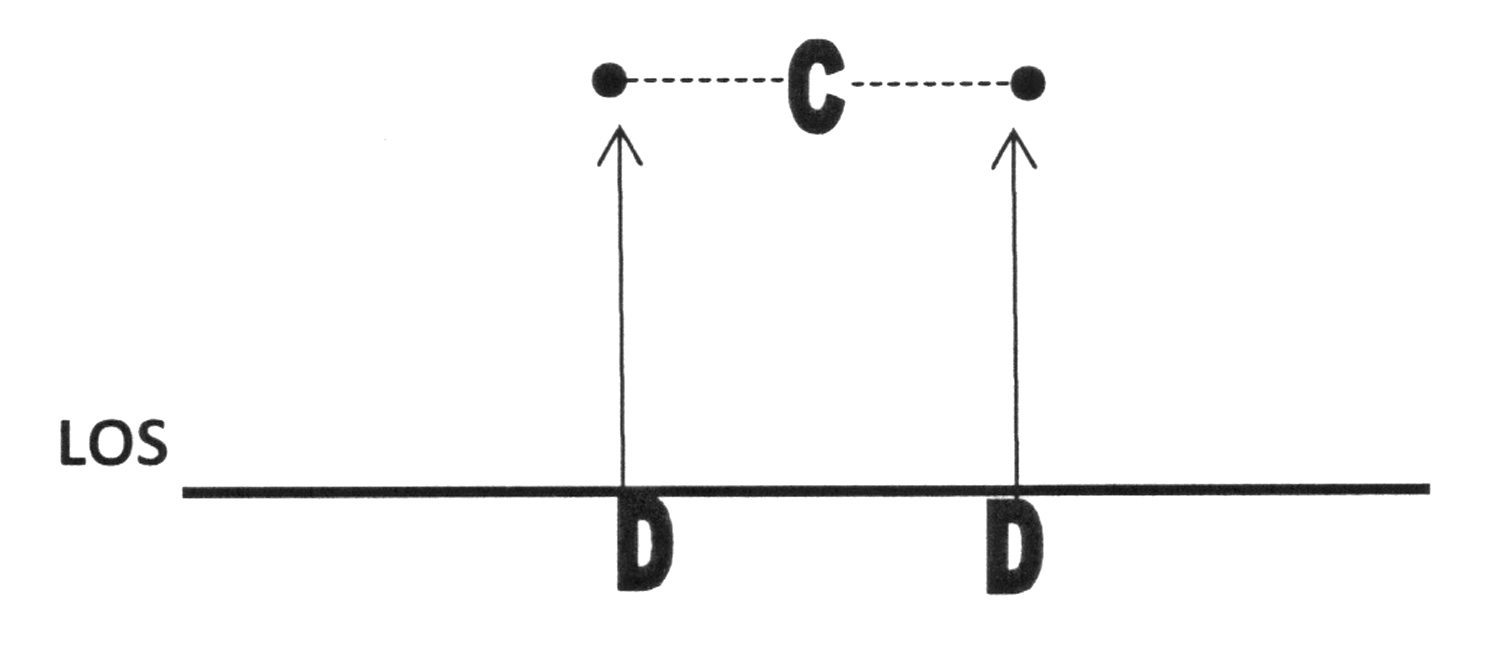Article CategoriesAFM Magazine
|
Drills Report – No Pads, No Problem: Five Drills to Improve Your Defensive Line Without Using Helmets and Shoulder Padsby: Ron CookDefensive Coordinator, Lumberton HS (NC) © More from this issue It’s that time of year when coaches are attending clinics and analyzing film from the 2012 season to improve individual and overall team performance. I’ve learned some training season drills that can improve your defensive line play in between strength and conditioning sessions. These are everyday drills that I use to improve get-off reaction, hand speed, separation, leverage, and pass rush without the use of helmets and shoulder pads. Whether you’re training inside during the winter or outside during the spring, these drills can be applied in any place during your training session.
|
|
|||||||
| HOME |
MAGAZINE |
SUBSCRIBE | ONLINE COLUMNISTS | COACHING VIDEOS |
Copyright 2025, AmericanFootballMonthly.com
All Rights Reserved






